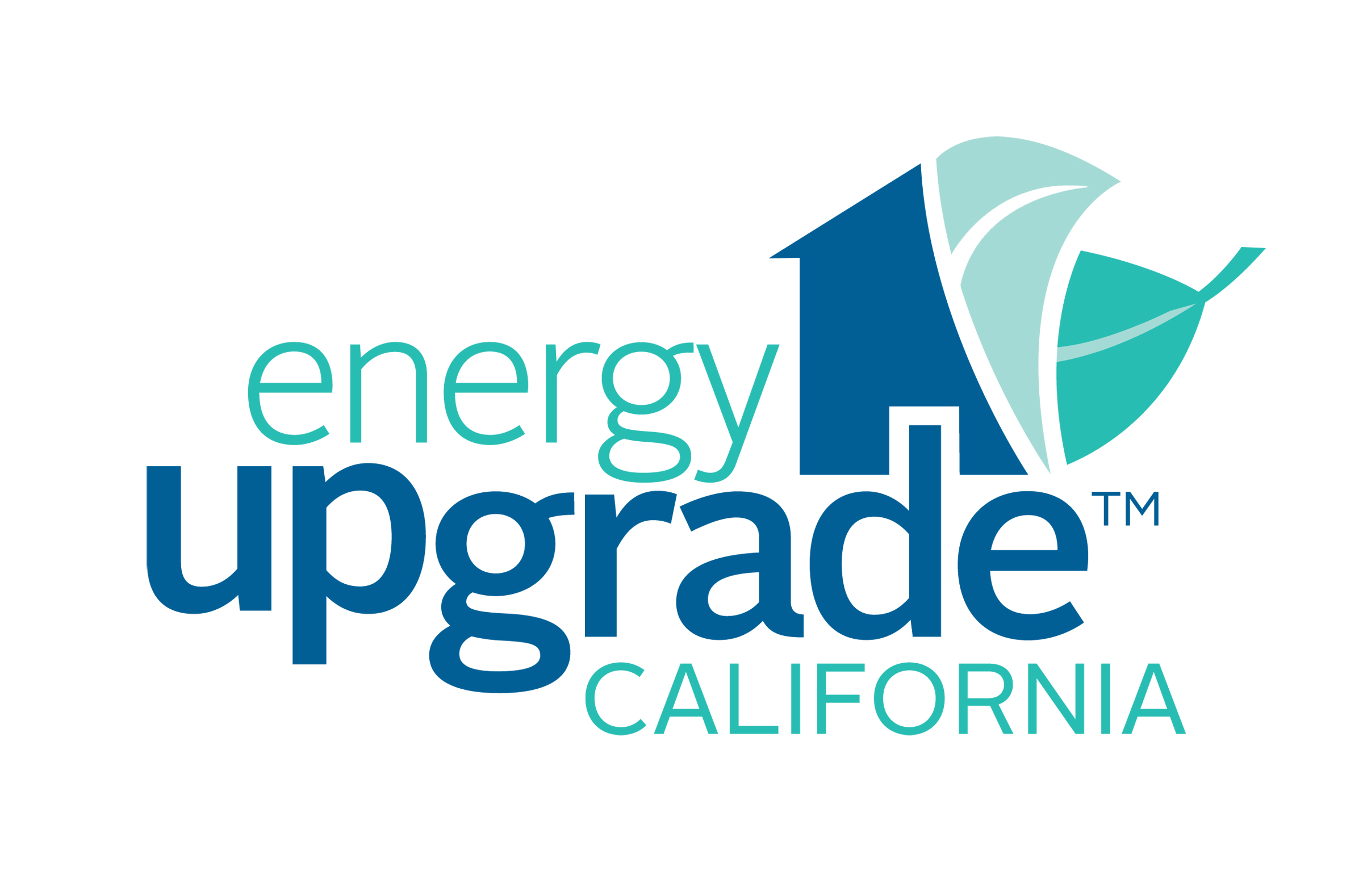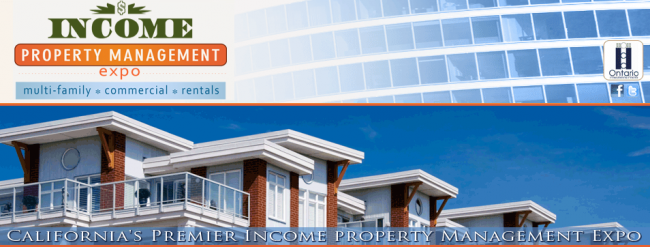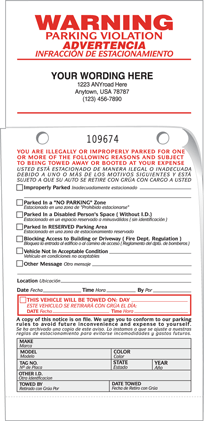Utility Incentives Available for Multifamily Property Owners and Managers
By Sophia Hartkopf and Melissa Buckley, HMG, a TRC Company
Rising energy prices not only affect us behind the wheel, they also take a toll on our utility bills at home. Property owners and tenants alike are experiencing increasing utility bills and looking for ways to save money, without compromising comfort. Upgrading your property is one way to decrease energy consumption, lower utility bills, and increase tenant comfort and satisfaction.
The Energy Upgrade California™ – San Diego Multifamily Program assists property owners and managers alike in making energy efficiency upgrades to their properties, through cash incentives and technical assistance. The program is made possible by your local utility, the San Diego Gas & Electric® Company (SDG&E). The program is implemented by HMG, a TRC Company, which specializes in providing energy efficiency programs to the multifamily sector.
Eligibility
Multifamily properties containing four or more units are eligible for participation in Energy Upgrade California™ – San Diego Multifamily. Currently, the program offers two paths to savings: 1) Multifamily Energy Efficiency Rebates (MFEER), and 2) Whole Building incentives. The MFEER path provides rebates for individual change-outs. Under MFEER, participants may be eligible for up to $500 per unit in incentives. The Whole Building path provides incentives for comprehensive retrofits, allows for flexible, project-specific solutions to achieve the greatest energy and costs savings, and offers rebates ranging from $550 to $1,500 per unit.
Property Evaluation and Participation
Prior to installing new equipment, interested parties must contact HMG to complete a property evaluation form. Together with the property owner, HMG will determine whether your property is a good fit for the MFEER or Whole Building paths, or both.
To obtain Whole Building incentives, you must hire a program trained Home Energy Rating System (HERS) Rater to perform an assessment of existing building conditions and determine energy upgrades. HERS Raters assist property owners in determining which energy upgrades will likely provide the greatest energy savings. Eligible energy measures include, but are not limited to: replacing windows; upgrading heating cooling and ventilations systems; upgrading domestic hot water heaters; and adding wall and roof insulation. Building owners may hire any licensed contractor(s) to install the upgrade measures. As a final step, and to offer quality assurance to participants, this same HERS Rater will verify that energy measures have been installed to the appropriate specifications. Once verification is completed, you will receive incentives and begin to enjoy the resulting energy savings.
Successful Project

Photo courtesy of Scott Riffenburgh
Orange Gardens in Poway, CA, owned by Affirmed Housing Group, is currently going through the Energy Upgrade California ™ – San Diego Multifamily Program. It is a six-building property with a total of fifty-two units, built in 1978. Each building is being retrofitted with more efficient heating, cooling, and domestic hot water systems, better performing dual paned windows, and a solar thermal system to offset the demand of the domestic hot water system. By installing these upgrades, the property is expected to meet an estimated 31 percent energy improvement. The estimated incentive to Orange Gardens from the Energy Upgrade California ™ – San Diego Multifamily Program is $62,400.
Cost and Financing
Energy Upgrade California™ – San Diego Multifamily is designed to offset a portion of the up-front costs of energy upgrades. Some property owners may be eligible for additional financial assistance through Safe-Bidco, SDG&E® On Bill Financing, or the National Housing Trust Community Development Fund.
Safe-Bidco is available to California small businesses, some landlords (five units minimum), and non-profit organizations. The borrower must be the project’s owner, operator and beneficiary. Each project submitted must have an analysis of its energy impact. The loans can be used for any project that: conserves energy equal to 15% of normal usage; manages load; retrofits; adds energy-efficient measures in existing facilities; or to acquire certain equipment for a new facility. For more information, visit safe-bidco.com.
Interest-free financing is also available through the SDG&E® On-Bill Financing program. This option helps commercial customers and multi-family property owners pay for energy-efficient upgrades through monthly installments on their SDG&E® bills. Eligible customers may borrow up to $100,000 per meter for the installation of qualifying equipment with a maximum five year payback (certain equipment is subject to a shorter payback period). Loans terms are calculated on the simple payback so the monthly installment is offset by energy saved. For more information, contact the SDG&E® Energy Savings Center at 1-800-644-6133 or online at sdge.com/obf.
The National Housing Trust Community Development Fund (NHTCDF) is a non-profit Community Development Financial Institution dedicated to the preservation of affordable housing. As part of its lending activities, NHTCDF makes loans to support energy retrofits of multi-family affordable housing in order to decrease costs for owners and residents and help ensure properties remain affordable for the families who need them. NHTCDF funds can be used for the hard and soft costs related to energy retrofits. NHTCDF expects to be repaid through a combination of rebates and cash flow from the property. Interest rates and loan terms are considered on a case by case basis, depending on the scope of work, expected energy savings, available collateral and other types of security. For more information, contact Josh Earn, NHTCDF Program Manager at jearn@nhtinc.org or (202) 333-8931 ext. 134.
Get Started
Take advantage of the Energy Upgrade California™ – San Diego Multifamily program to start reducing your utility bills today! Incentives are distributed on a first come, first served basis. For more information please contact HMG at 1-866-352-7457, sdmultifamily@h-m-g.com or visit our web site at www.h-m-g.com/multifamily/sandiego/.
Visit Us
To learn more about this program and other ways you can save energy at your property, visit us at the Going Green workshop at the Income Property Management Expo on May 7th at 11:00 am in Ontario, California.
Click here to Pre-Register for the Income Property Management Expo Online!




 None of these ideas are large-scale initiatives. They’re small changes that collectively make a big difference. They also foster the perception that you’re proactively doing your part. Plus, you just might find that your efforts add some green to your bottom line.
None of these ideas are large-scale initiatives. They’re small changes that collectively make a big difference. They also foster the perception that you’re proactively doing your part. Plus, you just might find that your efforts add some green to your bottom line.










 @IPMExpo
@IPMExpo


 Have a well thought out plan to make sure your selections will last. Quality doesn’t always mean super expensive. Make a list of your “must-have” upgrades and devote ample room in your budget to those quality items. You can make cut backs on the “nice to have” items.
Have a well thought out plan to make sure your selections will last. Quality doesn’t always mean super expensive. Make a list of your “must-have” upgrades and devote ample room in your budget to those quality items. You can make cut backs on the “nice to have” items. Invest in flooring. Carpeting gets ruined very easily. Make your flooring last longer by installing a laminate floor. A good selection could be a distressed wood look. It’s in style and will hide wear and tear.
Invest in flooring. Carpeting gets ruined very easily. Make your flooring last longer by installing a laminate floor. A good selection could be a distressed wood look. It’s in style and will hide wear and tear. Granite for less. Yes, you can offer granite-like countertops. My favorite sources for countertop makeovers are Giani Granite (
Granite for less. Yes, you can offer granite-like countertops. My favorite sources for countertop makeovers are Giani Granite (
 I don’t know a property manager who doesn’t grapple with parking issues. At best, they’re a hassle. At worst, they threaten resident safety, satisfaction and retention. They can even send you to court.
I don’t know a property manager who doesn’t grapple with parking issues. At best, they’re a hassle. At worst, they threaten resident safety, satisfaction and retention. They can even send you to court.



